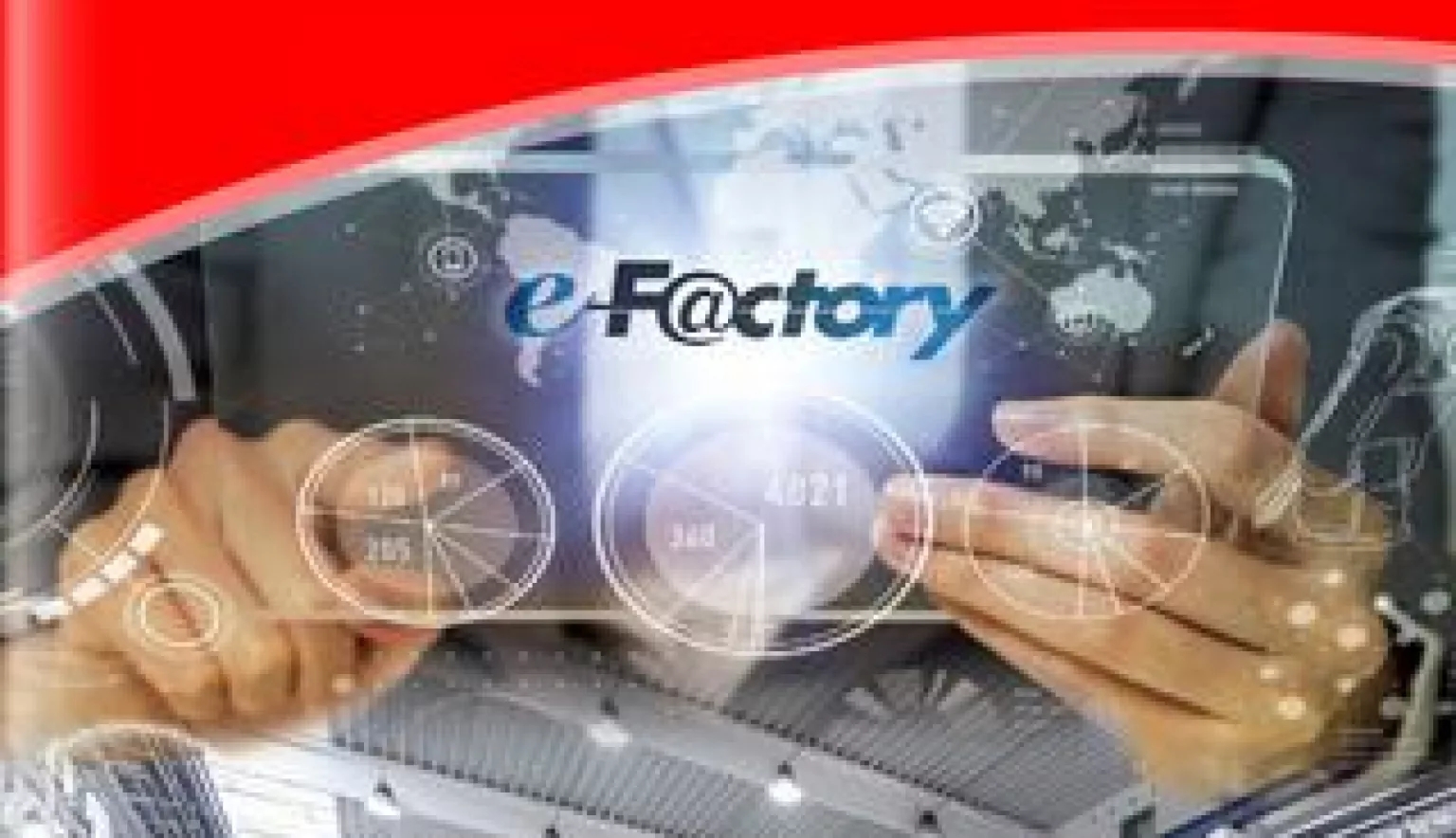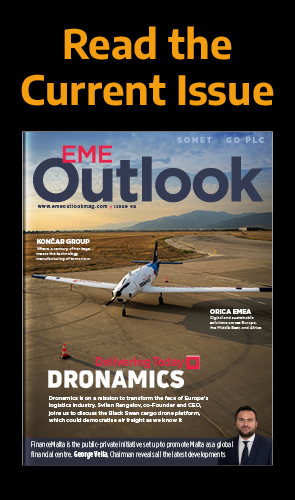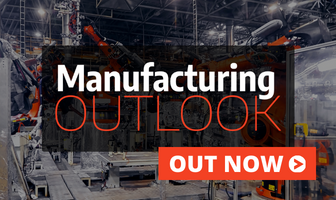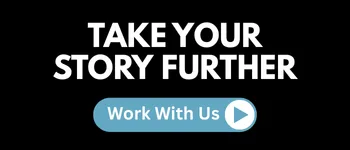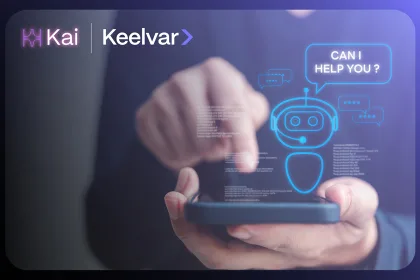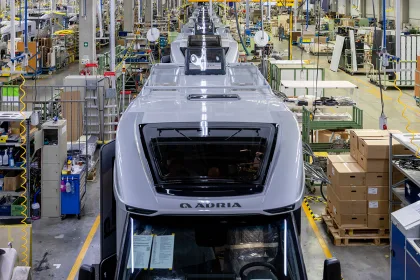The e-F@ctory concept by Mitsubishi Electric BV epitomises everything that the European Factory Automation Business Unit has become renowned for over the years, championing culture and customer-centricity above all else.
MASTERING NEW OPPORTUNITIES
For a Company able to display the name ‘Mitsubishi Electric’ and the famous red diamonds within its branding, the art of innovation should come as no surprise, but for Mitsubishi Electric, the goal of continuous improvement doesn’t derive from a sense of personal status, rather than from a commitment to customers, business partners and the growth of the wider market.
Mitsubishi Electric comprises more than 130,000 employees across a truly worldwide footprint, turning over approximately US$37 billion each year. With 30 factories in Japan alone, its influence is unrivalled, but its values remain grounded.
“It all comes down to our policy of strong quality and the importance of delivering high quality products and services to market,” opens and emphasises Mitsubishi Electric Europe BV’s Marketing Director Factory Automation for EMEA, Klaus Petersen. “This notion has been part of the Mitsubishi Electric Group since its founding in 1921 and is confirmed by Mitsubishi Electric’s customers to this day who testify that our products, once installed, just run and run and run!
“In fact, many of our customers quip how they hate to have bought spare parts from us when buying machines equipped with our products, as they never actually need to use them. The quality of our equipment really is outstanding.”
The foremost reason attributed to such sustainable prominence is the Company’s ability to merge production and development; the two arms working harmoniously and collaboratively at their Japanese headquarters in order to sing off the same hymn sheet, and work towards a common goal: quality.
“This is applicable to all the different business units we have,” Petersen explains. “We of course have Factory Automation which is where I’m coming from and what I’m representing here in EMEA. But then, to name just the best known, you also have living environment systems like air conditioning systems, etc., while we are also active in the areas of elevators, transportation, energy, space, and of course we are a supplier to the automotive industry as well.
“We then also have semiconductors which integrate well with our many electric components, giving us a further advantage in ensuring we’re offering the right products built with the right components.”
DOWN TO EARTH SOLUTIONS
Such scope is rare in the industry but not unique. A select few competitors can indeed boast their own large ranges of products for their customers, which they then promote as part of a turnkey, ‘one-size-fits-all’ offering.
This is where Mitsubishi Electric differentiates itself though, in optimising its vast array of products and skills not to create a standardised remit, but to become the most flexible, customisable and customer-centric provider in the industry.
“We’re a customer-oriented Company and this is pivotal when you look at the latest market trends, and how quickly they can change,” Petersen says. “If you look at industry 4.0 or the Internet of Things (IoT), customers were very confused to begin with, and this makes these trends more of a customer requirement than a market requirement. So we target our offering to the customers, rather than generally to the market.
“It’s most important for us to look at what value each of our products or solutions will bring to a customer when we implement it.”
This philosophy is reflected in the groundbreaking initiative in place since 2003 called e-F@ctory. This allows – in cooperation with the Company’s e-F@ctory Alliance partners – for example predictive maintenance solutions and smart services to be formed based on the specific applications, patterns and requirements of each particular customer; using data in real time to create information and solutions bespoke to each client’s industry, market, systems and challenges in their digital transformation process.
“This is where we see the value in IoT and industry 4.0,” Petersen adds. “The overall vision is important because it drives you forward but what justifies it is the value it brings to the table. If you stick to the vision of these initiatives and technologies, then it sounds like a great unbelievable story, but there’s no reality to how it is implemented, and that’s why we opt for realism and collaborative down to earth solutions ahead of optimism and just selling the vision.”
The consideration of flexibility and collaboration begins in the production and development phase, with aspects of integration heavily promoted throughout Mitsubishi Electric’s products in order to reduce the complexity of the end solutions. Instead of encouraging customers to learn, adopt and purchase numerous different controls for different applications, Mitsubishi Electric promotes a concept of integration in order to oversee all controls via one solution.
“And there’s a lot of flexibility in terms of which products are put on which market as well,” Petersen continues. “We have a development centre here in Europe which helps us to develop products that fulfil EMEA market requirements, helping us to get closer to the customer and to offer more customised products.”
JAPANESE CULTURE
Continuous improvements of customer interactions also dictate internal drivers, with the Company constantly addressing its touch points and its interaction channels in order to enhance levels of communication and client satisfaction.
Both this and indeed the Company’s internal ethos hark to yet another unique facet of Mitsubishi Electric: its Japanese origins and the unique Japanese business culture that still permeates the entire global Group.
“I’ve worked for German and American companies in the past but this is my first Japanese employer and it’s a whole new world. It’s very exciting and gives you a new view on how to operate professionally. It is a different universe from any other culture,” Petersen notes. “It all starts with the Japanese culture which emphasises generating decisions as a Group rather than taking the lead from decisions made at the top of a structure, and the lower levels just accepting it.
“Here, it is all about generating the common decision that everyone stands behind and this helps when it comes to executing that decision further down the process.”
The old saying by Peter Drucker, ‘culture eats strategy for breakfast’, rings true for Petersen, and it is instilled into each employee from their first day in the Company. An increasing number of employees are sent to Japan for a period of time to truly experience and embrace the culture and the way of doing business; while employees at the Japanese headquarters similarly come over to Europe to broaden their market understanding as well.
A similar cultural fit is required within Mitsubishi Electric’s supply chain too, where substance and mutual win-win collaboration trumps size or status.
“It’s vital to create partnerships based on transparency, open communication and eye-to-eye understanding so we have chosen to partner with companies that add value to the e-F@ctory concept,” Petersen says. “The result is an increased level of expertise delivering better solutions to customers.”
ADDED VALUE
Everything that Mitsubishi Electric has championed, embraced, adhered to and encapsulated over the years is epitomised by the e-F@ctory concept; an idea that not only aligns with the Company’s longstanding philosophies, but that does so in a way that differentiates the business from anything else available in the industry.
Alongside the e-F@ctory Alliance partners, Mitsubishi Electric is once again proving that a one-size-fits-all approach is not the Holy Grail when it comes to manufacturing operational excellence.
“Every sector, then every sub-sector, then every company within that sub-sector has its own set of unique requirements, so you can never truly meet every requirement with a one-size-fits-all approach,” Petersen affirms. “Taking MES (manufacturing execution systems) as an example, these will differ completely whether you’re in the automotive, pharma, chemicals, food & drink or whichever industry.
“And that’s why e-F@ctory is so powerful. We simply make the core concern the controls, but rather than giving customers numerous different controls for each application – motion, robotics, etc. – we partner with the companies on the shop floor to encompass what they truly need as flexibly and easily as possible.”
Already today and over the coming years, e-F@ctory will serve as the foundation of the progression that Mitsubishi Electric is striving for in mastering the opportunities brought about by industry 4.0 and IoT.
Petersen concludes: “We’re living in a disruptive industry. Manufacturing organisations need to understand what they have to change today and implement these changes over the coming years to remain competitive.
“In five years’ time, we as a company would be proud to say that we have contributed to our customers’ journey to remain competitive.”



